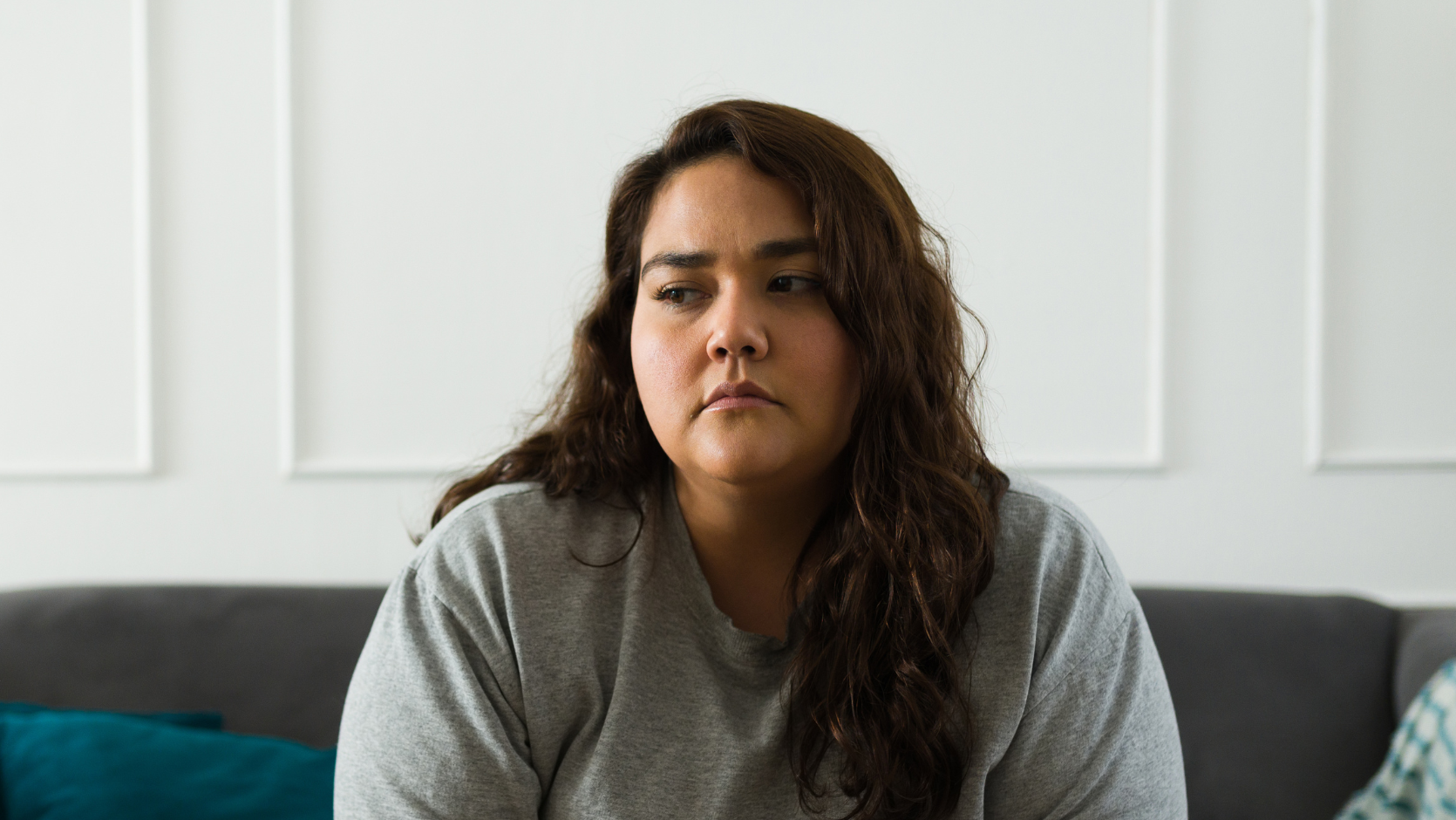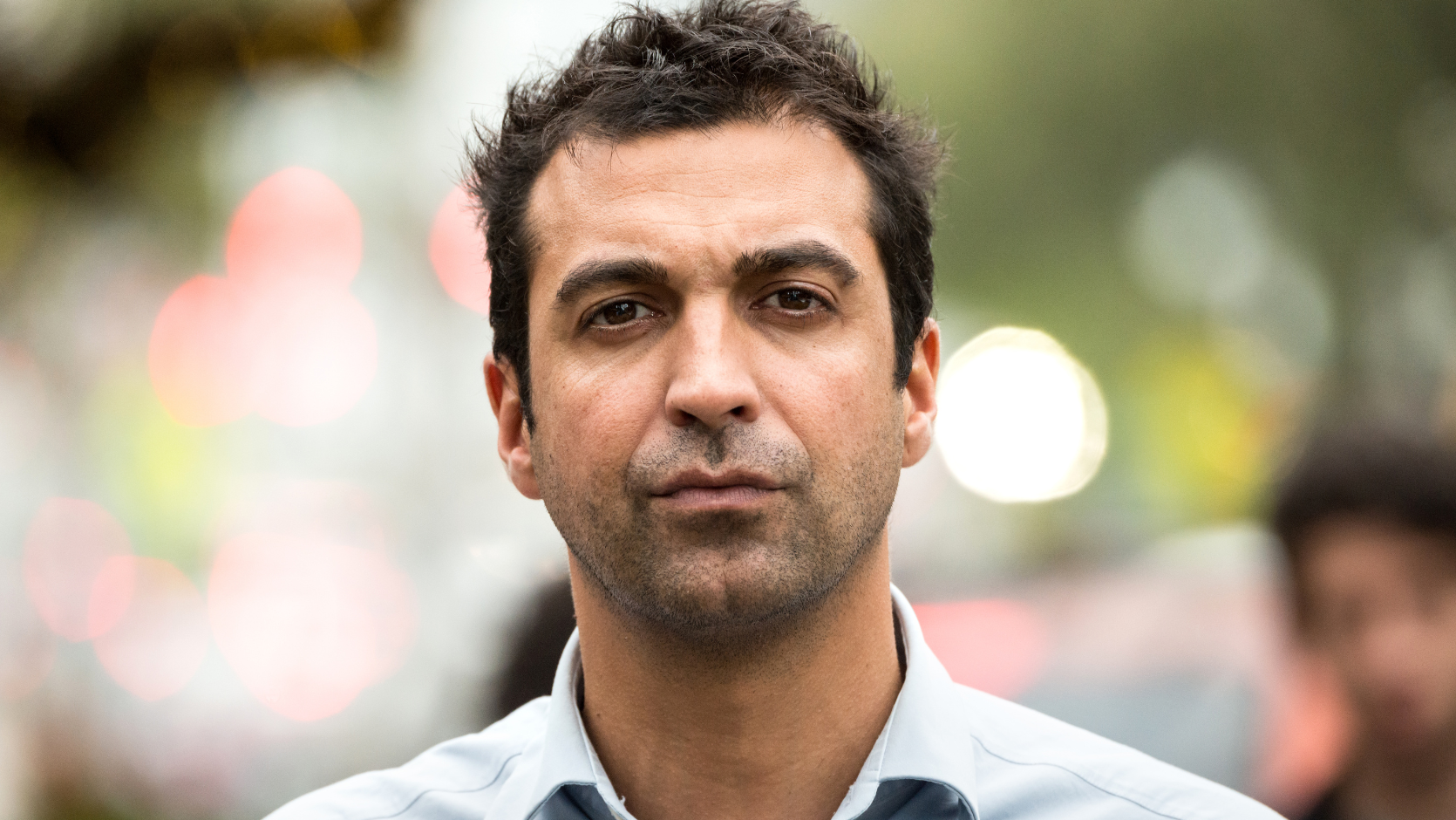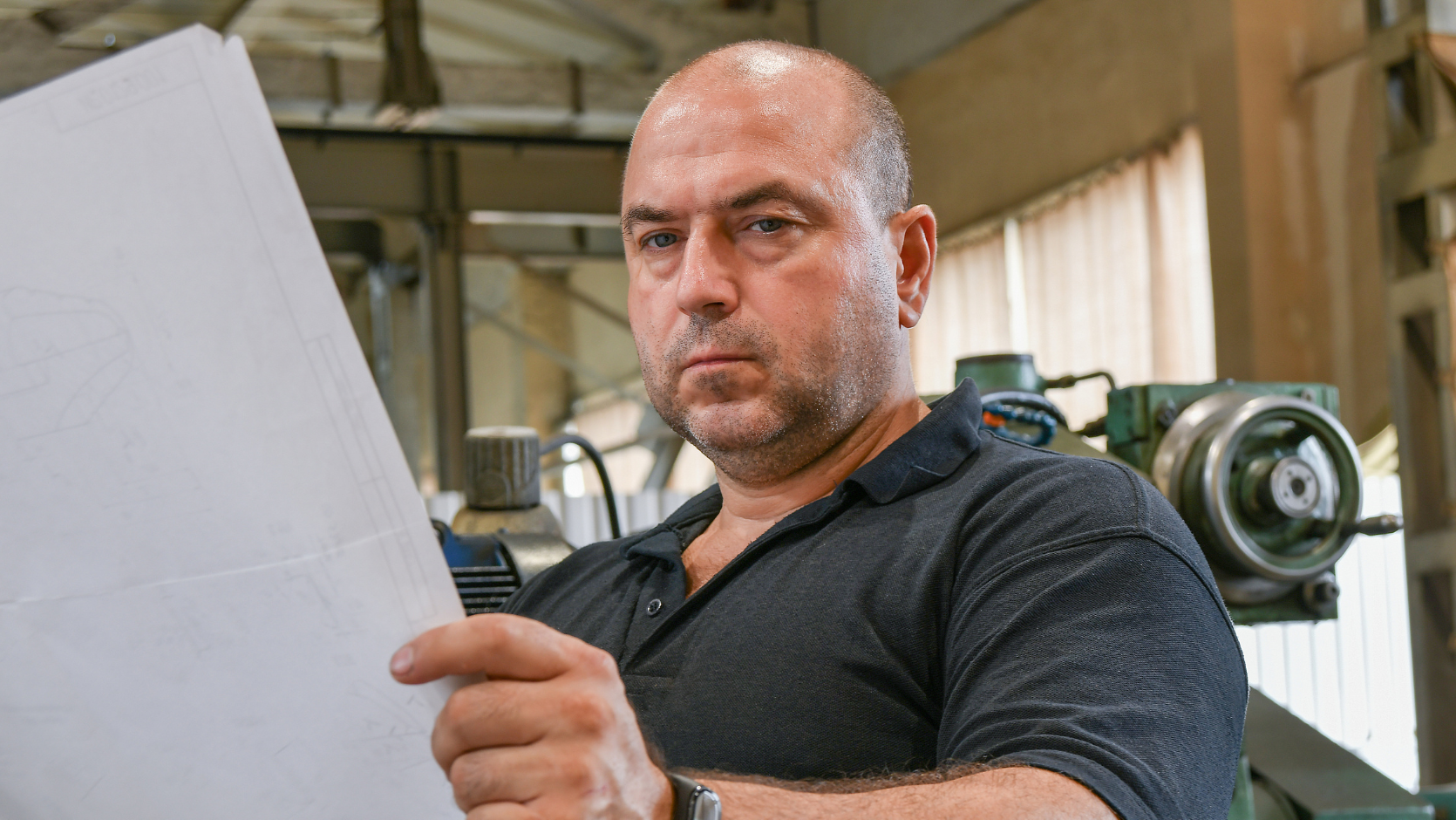The Facts
The police established a strike force to investigate the illegal supply of drugs in northeastern NSW.
As part of the investigation, an audio surveillance device was installed in the home of a suspect.
The offender and the suspect had been friends for 15 years.
The offender was recorded visiting the suspect’s home on a number of occasions while the surveillance device was operational.
The surveillance device captured the offender and suspect discussing drugs and exchanging packages and cash.
Several months later, the offender was arrested on the basis of the recordings.
The prosecution said that the offender had committed the offence of supplying prohibited drugs on an ongoing basis under section 25(1A) of the NSW Drug Misuse and Trafficking Act 1985 (“the Act”). This offence carries a penalty of up to 18 years’ imprisonment with 2,400 penalty units and no standard non-parole period.
The offender argued for a lesser charge of supplying prohibited drugs under section 25(1) of the Act. This offence carries a penalty of up to 15 years’ imprisonment, with 2,000 penalty units and no standard non-parole period.














Expert commentary on the court's decision
Offender pleads guilty to supply of prohibited drug and is sentenced to community correction order
The offender was my client.
He ultimately pleaded guilty to the one-off supply of a prohibited drug under section 25(1) of the Act and was sentenced to a three-year community correction order (CCO).
Offender initially pleads not guilty to supply of prohibited drug on ongoing basis
There was a delay of over two and a half years between my client’s arrest and the sentencing hearing, during which time there were several twists and turns in the case.
Initially, the client was charged under section 25(1A) of the Act with the supply of prohibited drugs on an ongoing basis. The drugs were stated to be 350 ecstasy pills, supplied over a two month period.
An offence under section 25(1A) is what is known as a strictly indictable offence.
A person charged with a strictly indictable offence first appears before the Local Court.
Then, if the person enters a plea of guilty, the Local Court will commit them to sentencing before either the District Court or the Supreme Court.
If the person enters a plea of not guilty, the Local Court will commit them to trial before the District Court.
Initially, this client entered a plea of not guilty, and the Local Court committed him to trial before the District Court.
Ecstasy pills never found in offender’s possession
Although the Crown had audio surveillance recordings which captured my client discussing purple frogs with the suspect, the police never actually caught him in possession of any drugs.
He was only arrested when the police returned to the suspect’s house to retrieve and review the audio surveillance recordings, which was months after the recorded conversations took place.
Since the Crown had not recovered any drugs, it was impossible for them to confirm that there were any pills, let alone 350 pills. It was also impossible for them to prove that my client was in possession of ecstasy for the purpose of supply, since they were unable to perform a chemical analysis on any pills.
Crown has witness to testify against offender
However, after the client’s not guilty plea, we received the Crown’s brief of evidence.
It disclosed that at trial they would call the suspect as a witness to testify that the client had purchased 350 ecstasy pills over a two-month period.
Offender changes plea to guilty of supplying 150 pills, subject to dispute on facts
Concerned about the impact that this evidence might have, we sought to negotiate with the Crown for a lesser charge.
The Crown agreed to charge the client with the supply of 150 ecstasy pills, instead of 350 pills. However, we wanted this accepted on the factual basis of a one-off supply, whereas the Crown insisted that the supply was ongoing.
The client then pleaded guilty to supplying 150 ecstasy tablets, subject to a hearing regarding a dispute on the facts in relation as to whether the supply was ongoing or not.
District Court hears dispute on facts and rules that supply was one-off
We then went to the District Court for a hearing on the facts to have it determined whether the supply was one-off or ongoing.
The Judge refused to hear oral arguments, saying that it was up to the jury to determine this question of fact at trial.
That Judge was transferred, and we were able to appear before a different Judge who agreed to hear oral arguments. The second Judge accepted that on the facts, the supply was a one-off.
The client was committed to a sentencing hearing on that basis.
District Court accepts offender’s rehabilitation and sentences him to non-custodial community correction order
At the sentencing hearing, we requested that the client be sentenced to a community correction order (CCO). The Crown did not challenge our submission.
A CCO is a non-custodial sentence that the court has flexibility to tailor to reflect the nature of the offender and the offence. A CCO can be imposed for up to three years and can include conditions, such as supervision by a community corrections officer, community service work and a curfew.
We argued that the client had already spent three months in jail pending bail after his arrest, and that this experience had acted as a deterrent from engaging in future criminal activity.
We also submitted evidence that in the almost three years since the client had been recorded engaging in what appeared to be a drug deal, he had rehabilitated himself.
On the day of his arrest he had learned that he was going to be a father. He then moved interstate and changed jobs to remove himself from the bad influences which had surrounded him.
He has since created a stable home and work life and has been a law-abiding citizen. His employer also requires its employees to undergo random drug tests, and the client’s results have always come back negative.
The court accepted our submission and sentenced the client to a three year CCO without conditions.
Case highlights importance of getting legal advice
This case highlights the importance of getting timely and expert legal advice. A person charged with a crime should not disclose anything to the police, other than their name, address and date of birth, until they have spoken to a lawyer.
A lawyer will review the Crown’s brief of evidence, including carefully analysing the possible impact of the evidence of any witnesses, and will advise the person who has been charged of their options.
Case highlights impact of rehabilitation on sentencing
This case also highlights the impact of rehabilitation on sentencing.
A paramount consideration in sentencing is community safety.
Courts recognise that while community safety can be achieved through incarceration, incarceration can also have the opposite effect of increasing a person’s risk of re-offending.
Community safety can be furthered by supporting offenders who make positive behavioural changes outside of prison.
My client clearly demonstrated to the court that he was a rehabilitated, contributing member of society whose imprisonment would in no way enhance community safety.